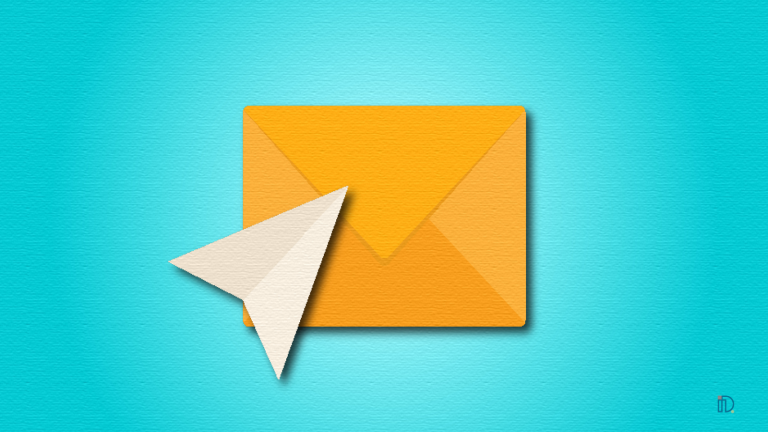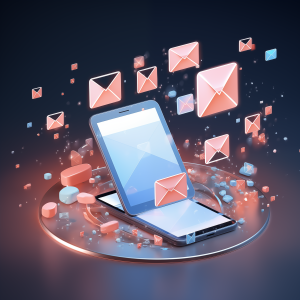
Ever wondered if your emails need all that jazz to make an impact? Turns out, sometimes less is more.
HTML vs. Plain Text: The Showdown
We all know those eye-catching HTML emails with vibrant colors, stunning images, and interactive elements. But what about plain text emails? These are the no-frills, text-only messages without any HTML coding – no images, fancy fonts, or clickable buttons.
We aren’t talking about going completely bare-bones, though. They’re championing emails that look like they could’ve been sent from your personal account, using minimal HTML for essentials like hyperlinks or a straightforward CTA button.
Why Simple Email Design Rocks
Email is personal. It’s a one-on-one conversation with your subscriber. Several AB split tests we did compared designed emails with text-based ones revealed a higher conversion rate for the simpler version. It’s a reminder not to let our biases dictate our design choices – your audience might prefer a straightforward, conversational approach.
The Benefits of Going Minimal
- Stand Out in the Inbox: In a world cluttered with over-the-top designs, a simple email can be a breath of fresh air.
- Focus on the Message: With fewer design elements, your words take center stage.
- Efficiency: Simple emails are quicker to create, especially if you’re resource-limited.
Examples of Minimalist Magic
- Customer Service Email – Outdoor Voices: A personal check-in post-purchase builds a stronger relationship.
- Welcome Email: A great first impression with minimal design elements.
- Product Launch: For products hard to visualize, like software, a simple email focusing on the ‘why’ can be more effective.
- Offers and Discounts: Even for big sales like Black Friday, a straightforward, personalized approach can be more impactful.
Testing for Success
Every brand and email list is unique. That’s why A/B testing is crucial. You might be surprised at how your subscribers respond to a simpler design. And remember, testing isn’t just about A/B comparisons; it’s also about pre-send quality assurance, ensuring your emails look great regardless of their complexity.
Join the Email Revolution
Why not experiment with your email design? Try a minimalist approach and see how it resonates with your audience. You might just unlock a whole new level of engagement and conversion.
Embrace the Simplicity in Email Design:
- Understand the Power of Minimalism: Recognize that sometimes, a simple, text-based email can be more effective than a highly designed HTML email.
Key Takeaways:
- Test Plain Text vs. HTML Emails: Conduct A/B testing to compare the performance of minimalist emails against more complex designs.
- Focus on Personalization: Remember that email is a personal channel. A simple design can make your message feel more like a one-on-one conversation.
- Highlight Your Content: Use minimal design to let your message shine. This approach puts the spotlight on your words, not just the visuals.
- Efficiency is Key: Simple emails are quicker and easier to produce, which is great for teams with limited resources.
- Adapt to Different Scenarios: Different types of emails (like customer service, welcome emails, product launches, and offers) can benefit from a minimalist approach.
- Monitor and Analyze Results: Keep an eye on how these simpler designs perform in terms of engagement and conversion rates.
- Stay Open to Change: Be ready to adapt your email strategy based on subscriber feedback and test results.
- Join Email Marketing Communities: Stay updated with the latest trends and insights
Implementing the Strategy:
- Start Small: If you’re new to minimalist emails, begin by testing this approach with one campaign.
- Gather Feedback: Use subscriber feedback to refine your approach.
- Iterate and Improve: Continuously refine your email design based on testing results and analytics.
By embracing simplicity in your email design, you can create more engaging, personal, and effective email campaigns that resonate with your audience. Remember, in the world of email marketing, sometimes less is indeed more.



